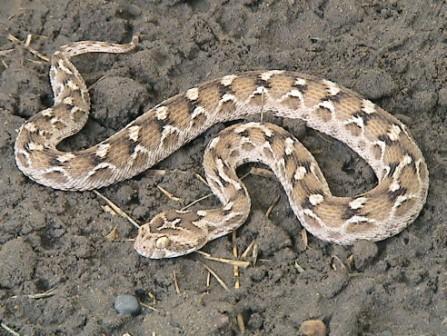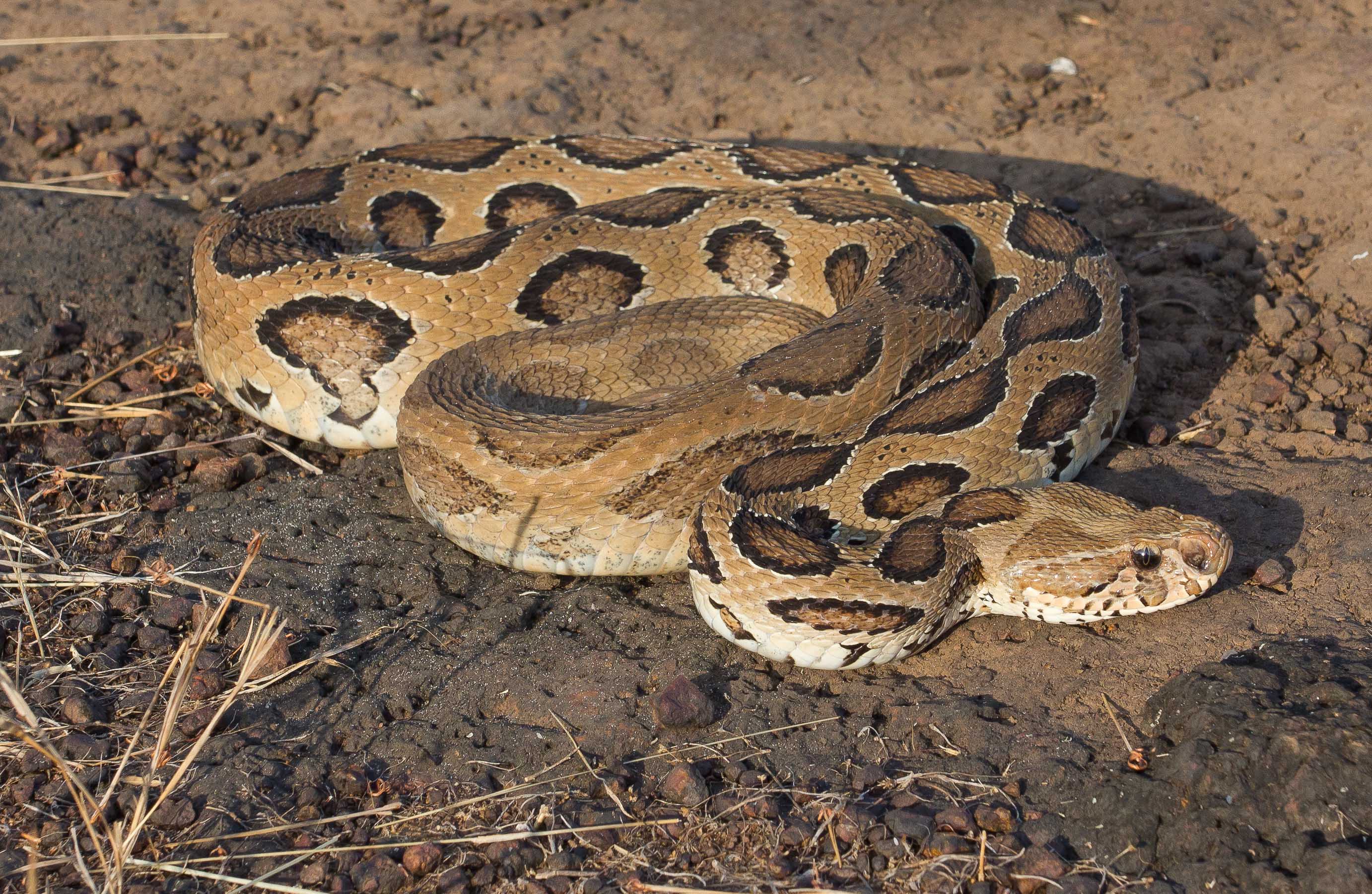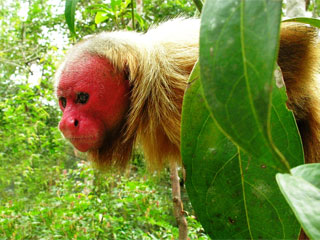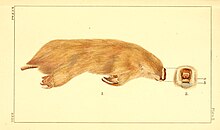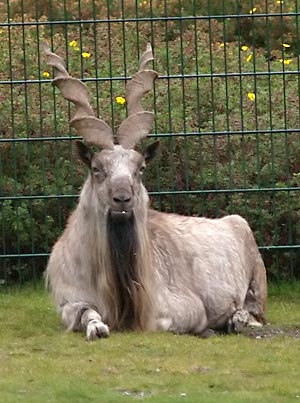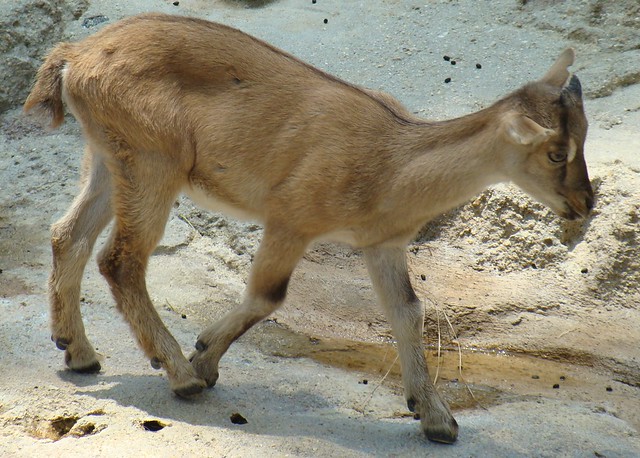The sperm whale (physeter catodon) is a species of toothed whale found in all the oceans in the world.
Physical Features
 |
| Dorsal fin of a sperm whale |
Sperm whales have a small, hump like dorsal fin and have white patches on its belly. They
have small flippers.
Distribution and Habitat
Sperm whales are found in all oceans around the world. They are known to live in deep waters. Females stay in warm waters with their calves while males go to cooler oceans for feeding purposes. Sperm whales are found about 3,280 feet under the sea. Even though nobody knows the exact function of the spermaceti fluid, it is said that it turns in wax in cooler regions and helps sperm whales dive deeper and rise.
Diet
Sperm whales mainly eat different species of molluscs like octopus, squid and cuttle fish. Other than these, it will sometimes eat fish. Like all big whales, they consume a large amount of food everyday. Normally, they will eat about 1,000 kilograms of fish and squid each day.
Life Cycle
Sperm whales have a gestation period of about 14-16 months. Females have a calf every 5 years.Females gain maturity at about 10 years of age while males mature at an age of 20 years. The average lifespan of a sperm whale ranges from 60-70 years.
Conservation Status
The IUCN rates this whale as 'Vulnerable'. There are an estimated of 1 million individuals approximately. There has been whale poaching in few areas.
Source of pic 1 and pic 2

